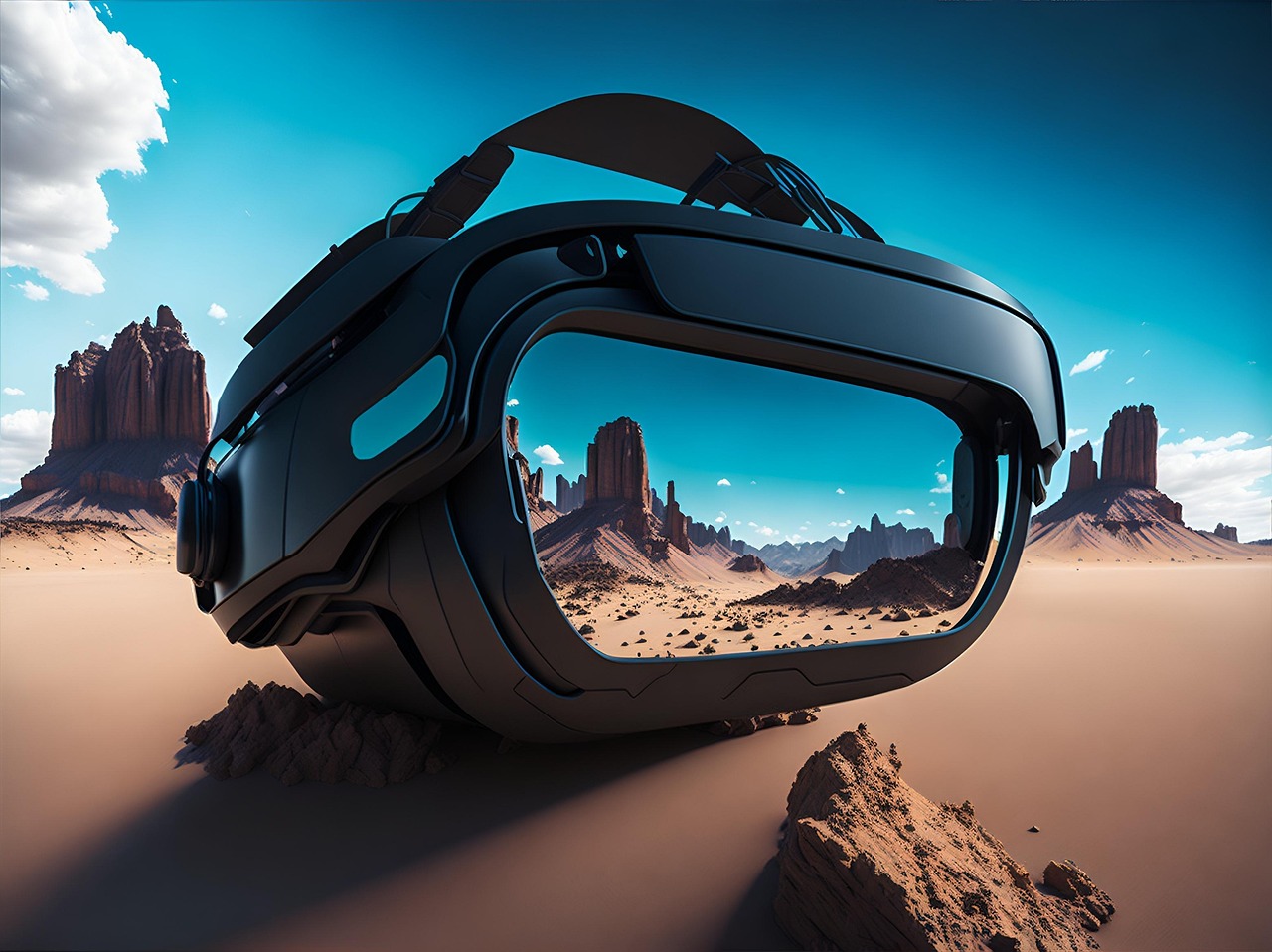Virtual Reality: A New Stage for Performing Arts
Introduction: A new era is dawning in the performing arts industry. The advent of Virtual Reality (VR) technology is revolutionizing the way we experience art. This article delves into the historical context, recent developments, and the far-reaching implications of this emerging trend.

A Journey through Time: The Emergence of VR in Performing Arts
The concept of Virtual Reality isn’t new; it has its roots in panoramic paintings from the 19th century. However, it wasn’t until the late 20th century that the term was coined and the technology began to take shape. The performing arts sector was one of the first to embrace this technology. From experimental theater productions using rudimentary VR devices in the 1990s to the current sophisticated performances, the journey has been transformative.
The Present: Virtual Reality Takes Center Stage
Today, VR technology is making waves in the performing arts world. In 2020, the Royal Shakespeare Company collaborated with Manchester International Festival and Marshmallow Laser Feast to produce a live performance, “Dream,” where the audience, through VR headsets, could interact with the actors. This innovative approach has opened new realms of possibilities, and many other institutions are following suit, creating immersive and interactive experiences for their audiences.
Impact and Reception: A Paradigm Shift
The reception of VR in performing arts has been largely positive. Critics lauded the immersive aspect of the performances, stating it has the potential to redefine audience engagement. However, some have raised concerns about the accessibility and affordability of VR technology. Despite this, the impact of VR in performing arts is undeniable. It has democratized performances, allowing people from all over the world to experience shows without geographical constraints.
Unveiling the Future: What’s Next for VR in Performing Arts?
While the current application of VR in performing arts is impressive, it’s just the tip of the iceberg. Future developments might include haptic feedback suits for a more immersive experience, 3D audio for a realistic soundscape, and even AI-driven characters that can interact with the audience in real-time. The possibilities seem endless, and the performing arts industry is on the brink of a new era.
A New Stage: The Significance of Virtual Reality in Performing Arts
The significance of VR in performing arts extends beyond just technological advancement. It represents a shift in how we perceive and experience art. It challenges traditional notions of passive viewership and encourages active participation. Moreover, it presents an opportunity to make performing arts more accessible, breaking down barriers of distance and cost.
In conclusion, Virtual Reality is not just a trend; it’s a game-changer for the performing arts industry. As technology continues to evolve, so will the ways we experience and interact with art. It’s an exciting time to be an art enthusiast, as we stand on the precipice of a whole new world of possibilities.





